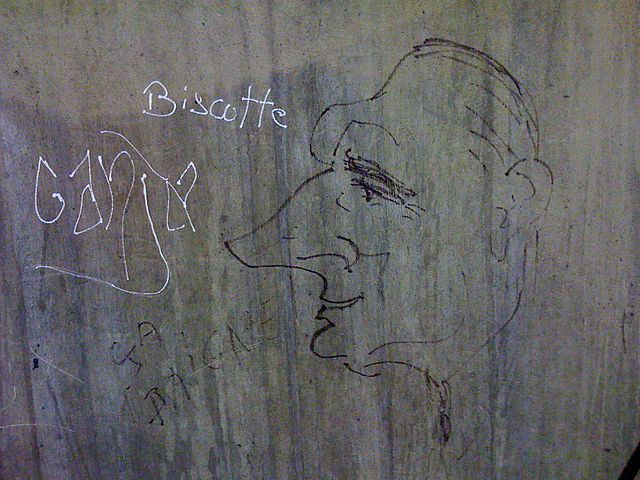
BY ASHLEY ZHOU
Defined as the unauthorized marking of public space by an individual or group, graffiti dates back to prehistoric times.
Ancient cave art, like the Lascaux cave paintings in France, shares remarkable similarities with modern-day graffiti. Thousands of years later, during World War II, it became popular for soldiers to write the phrase “Kilroy was here,” along with a sketch of a bald figure with a large nose peeking over a ledge.
As time progressed graffiti has evolved from crude, simple tags and become increasingly technical and complex, developing into large, artistic, and colorful pieces. As graffiti is unauthorized and illegal, by the 1980s, the city of New York began to crack down on its proliferation and dedicated a massive amount of resources to solving the graffiti “problem.” However, graffiti artists saw these as mere challenges and worked even harder to hit their targets. Graffiti was anything but eradicated. In fact, it has spread around the world.
“Graffiti, at its core, is both vandalism and art. In my opinion, graffiti is 100% art and 100% vandalism,” said Henry Zhou, a student artist in Los Angeles, California.
Zhou noted that graffiti is the voice of those who perhaps cannot find other ways to voice themselves and express themselves.
Zhou compared graffiti to the Dada movement, a reaction to World War I which rejected logic and civilization, embracing irrationality, non-sense, and chaos in artistic works. Both movements, he said, have challenged the social norms of society.
“Unlike traditional and institutionalized art forms, graffiti is rebellious and defiant, presenting a new form of art and creativity,” Zhou said. “At the same time, graffiti is vandalism, a crime, as it is an act of defacing public property without permission.”
The prevention and removal of graffiti in a community can be very costly and ineffective, he added.
The very reaction it arouses from the public and the government as vandalism makes graffiti graffiti, and it pushes the boundaries of art, Henry concluded. He is not alone in these beliefs.
Shayla Waldron is a young artist, majoring in the arts at college, and a volunteer at a nonprofit arts organization fighting for social justice. Like Zhou, Waldron also strongly said graffiti was art despite being vandalism.
She described graffiti as a form of self-expression, that adds character to the cities and buildings it is on.
“People express themselves in so many different ways artistically that I just consider it [graffiti] another form of that,” Waldron said. “ I’ve seen some amazing works of art done by graffiti artists.”
In addition, Shayla noted that because of the legality aspect of graffiti, the perceived value of graffiti differs greatly for people.
Waldron noted that graffiti was a “prime example of how art is subjective.” From an outsider or someone who doesn’t understand the art of graffiti, it may not seem like art, while others who appreciate it may see it as an expression of self, love, and life.
Indeed, perhaps there isn’t a clear answer to whether graffiti is art or vandalism, and there needs not be – after all, like all art, graffiti is valuable, but the value is subjective.






